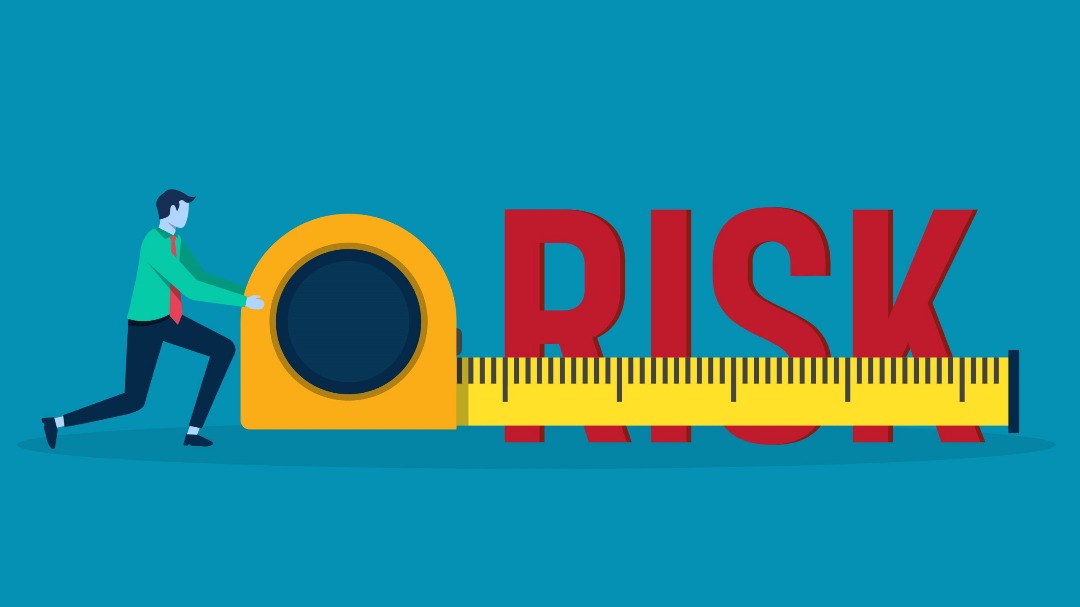
Weekly Rhythm & Time Management
During my internship at Akar Umbi, effective time management was a critical managerial practice. Every Monday at around 9:30 a.m., our cross-functional team met for a structured progress review. Representatives from each department shared detailed updates from the previous week. For the World Refugee Day preparation, I reported on participant outreach: counts contacted, confirmed attendance, and channels used (Gmail invitations and WhatsApp direct messages).
- Round-table updates — each member shares outcomes & blockers.
- Metrics in context — outreach numbers, confirmations, follow-ups.
- Channels — Gmail for formal invites; WhatsApp for rapid coordination.
Task Assignment & Visual Planning

After updates, we re-distributed or assigned new work. Our coach listened carefully, took notes, and used Monday.com and Miro to visualize ownership and timelines on-screen. This routine maintained transparency of progress and enabled proactive response to potential delays.
Resource Allocation
- Define constraints → align expectations.
- Compare options vs. impact → avoid overspending.
- Decide on cost-effective substitutes without quality loss.
Risk Management

We openly discussed potential risks—e.g., low turnout or venue loss. The coach encouraged clear contingency plans: backup venues and flexible schedules. When a venue became unavailable, we seamlessly transitioned to the backup without affecting quality.
- Identify risks early → turnout / venue availability.
- Prepare contingencies → backup locations / time buffers.
- Execute calmly → switch with minimal disruption.
Collaborative Writing
We relied heavily on Google Workspace for real-time collaboration. I drafted proposals, event plans, and communications in shared Docs, receiving immediate feedback from teammates and the coach. This reduced errors and ensured consistent messaging across materials.
- Live co-editing & comments for rapid iteration.
- Single source of truth reduces duplication.
- Traceable history improves accountability.
Reflection & Continuous Improvement
After major activities—such as the Enggang & Pipit events—we held reflection sessions. Guided by the coach, we reviewed participant feedback, highlighted wins, and pinpointed improvements. When engagement dipped in a session, we realized assumptions about prior knowledge were too high, then simplified content and clarified facilitation. Subsequent feedback improved.